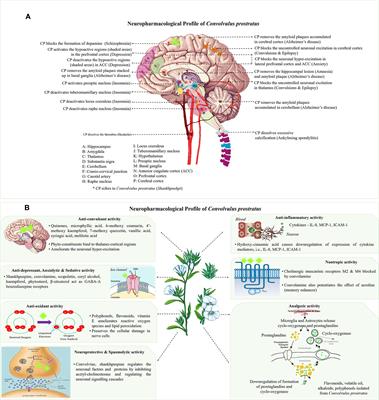EDITORIAL
Published on 23 Sep 2020
Editorial: Medicinal Plants for Cardiovascular and Neurodegenerative Aging-Related Diseases: From Bench to Bedside
doi 10.3389/fphar.2020.585155
- 2,145 views
- 2 citations
53k
Total downloads
240k
Total views and downloads
EDITORIAL
Published on 23 Sep 2020
REVIEW
Published on 05 Jun 2020

REVIEW
Published on 26 May 2020

REVIEW
Published on 08 Apr 2020

REVIEW
Published on 07 Apr 2020

ORIGINAL RESEARCH
Published on 13 Mar 2020

MINI REVIEW
Published on 03 Mar 2020

ORIGINAL RESEARCH
Published on 26 Feb 2020

REVIEW
Published on 21 Feb 2020

ORIGINAL RESEARCH
Published on 20 Feb 2020

ORIGINAL RESEARCH
Published on 17 Jan 2020
ORIGINAL RESEARCH
Published on 06 Dec 2019